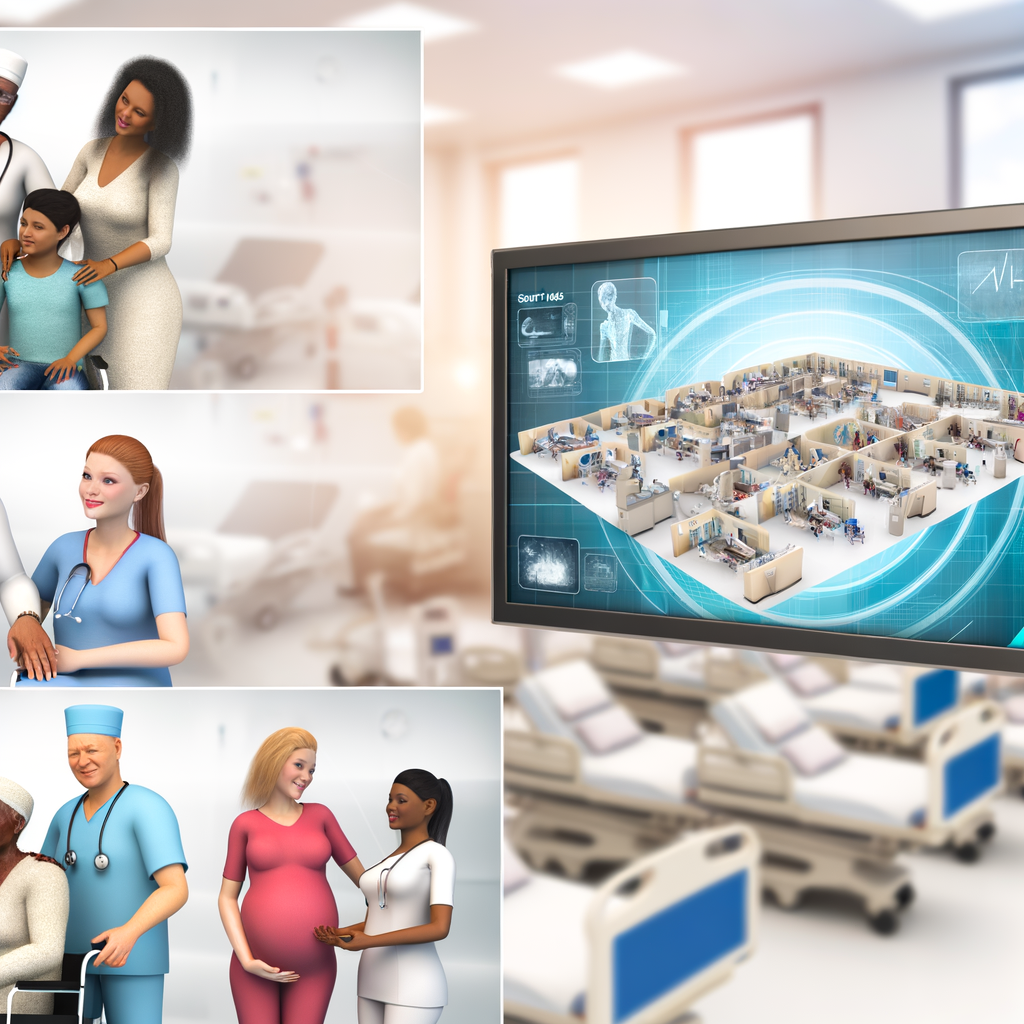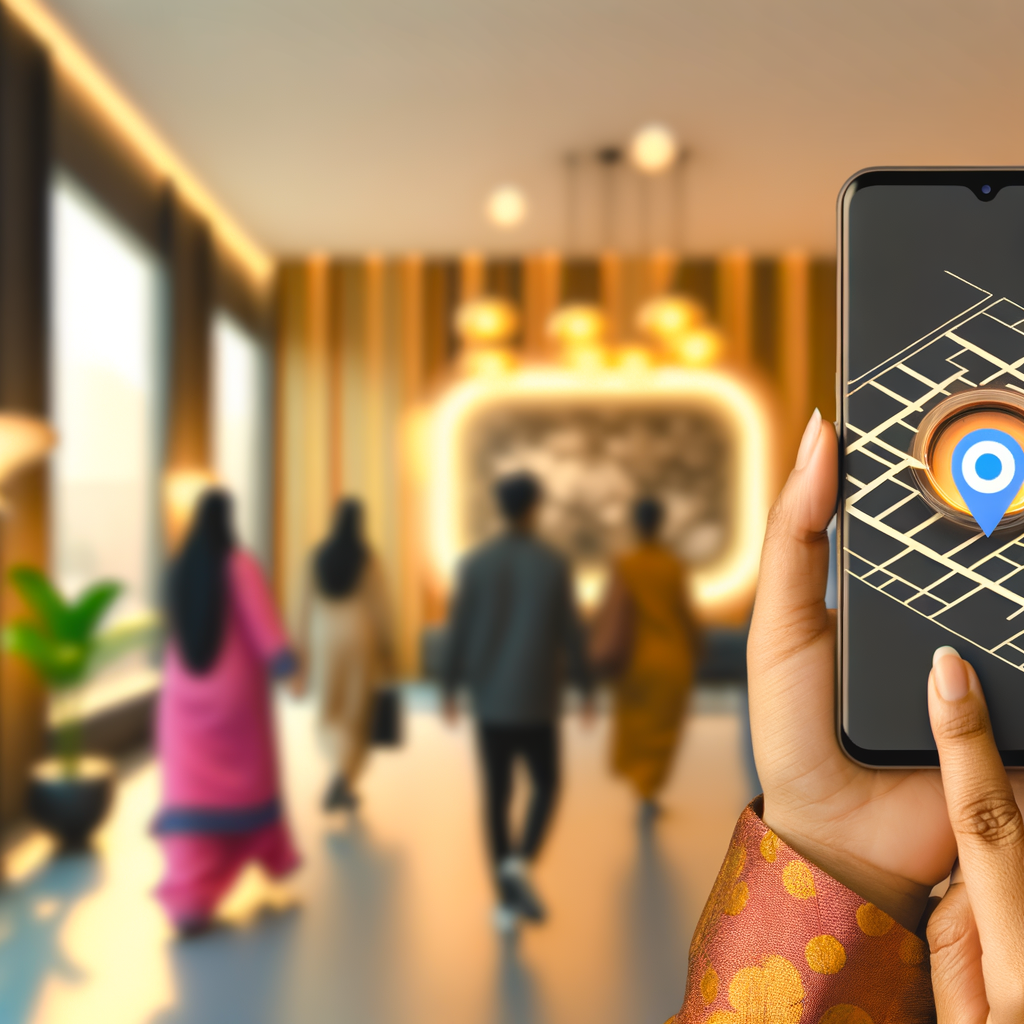Understanding where smart maps fit into this picture is essential. Imagine bringing the same seamless navigation experience we enjoy in shopping malls to hospitals. Smart maps can bridge the gap between physical spaces and digital innovation. By implementing smart mapping technology, you can provide an easy-to-navigate environment where patients and visitors can access the information they need quickly and effortlessly.
For eSignage companies, the integration of smart maps into your systems is a game-changer. Instead of static displays, you can offer dynamic, interactive solutions that enhance the user experience. Think about the potential of offering your clients a state-of-the-art navigation system that can reduce confusion for hospital visitors, allowing them to focus on what truly matters—their loved ones or their own health. This not only improves the user experience but also positions your technology as essential for modern facility management.
Electronic kiosk companies stand to benefit significantly from smart maps as well. Kiosks can serve as central hubs of information, equipped to provide real-time directions and updates that adapt to any changes within the hospital layout. It’s not just about navigation; smart maps can integrate with hospital systems to offer personalized information, such as patient status updates, appointment schedules, and more. This kind of added value is invaluable for hospital administrations and elevates your kiosks from a simple information point to a critical element of the patient and visitor journey.
For shopping plaza owners and mall managers, the principles behind smart maps can be applied to your spaces too. Accurate and interactive maps can transform how visitors experience your venues. Imagine being able to guide customers directly to the store or the sale they’re interested in, enhancing their shopping experience and increasing the likelihood of purchases. It’s about making your space easier to navigate, which can directly correlate to customer satisfaction and retention.
The potential impact of smart maps in hospitals—and by extension malls and plazas—is enormous. They can significantly reduce stress related to navigating unfamiliar environments, improve the user experience, and streamline operations for those managing these spaces. For technology providers and space managers alike, implementing smart maps is not just an upgrade—it’s a strategic move towards future-proofing your business and staying ahead in an ever-evolving digital landscape.
So, next time you think about how to enhance your facilities, consider the smart map revolution. It’s more than just about finding your way; it’s about transforming journeys and elevating experiences. By adopting this technology, you can be at the forefront of innovation, ensuring that your business is not only prepared for the present but also poised for the future.




